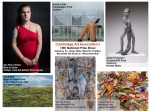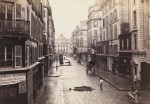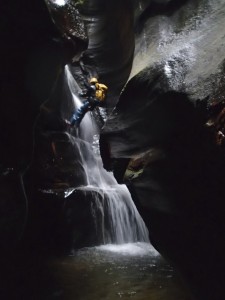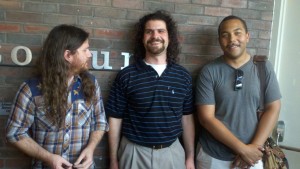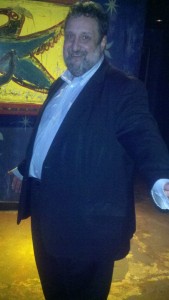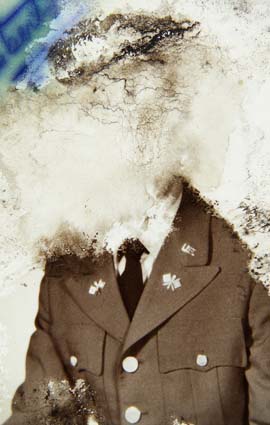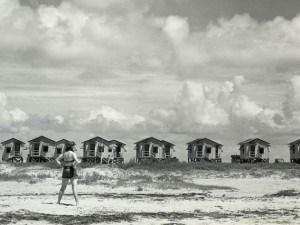Cambridge Art Assn. National Prize Show to Open May 13; Winners Announced
The Cambridge Art Association’s 13th National Prize Show,will open May 13, CAA announced today. The show will exhibit the work of 82 artists chosen by Dr. James Welu, Director Emeritus of the Worcester Art Museum from among 383 artists from 13 states. Prize winners, include artists from Lexington, Belmont, Duxbury, Lexington Providence, Roslindale, Providence, and West Yarmouth.
The show will run through June 26, 2014, at both the Kathryn Schultz Gallery (25 Lowell Street, Cambridge) and the University Place Gallery (124 Mt Auburn Street, Cambridge). An opening reception will be held on Friday, May 16, 6-8pm, in both galleries.
The prizewinners are:
Best in Show: Zoe Perry-Wood (Lexington, MA)
Mixed Media Prize: Warren Croce (Belmont, MA)
Photography Prize: Dorothy Pilla (Duxbury, MA)
Painting Prize: Wilson Hunt, Jr. (Roslindale, MA)
Sculpture/3D Prize: Jesse Thompson (Providence, RI)
Work on Paper Prize: Carol Flax (West Yarmouth, MA)
Welu, who selected the exhibitors and the award-winners said: “Jurying the National Prize Show was exciting and challenging–exciting to see such a wide range of art from across the country, but challenging to narrow a field of over a thousand entries to an exhibition of about 85 works.”
In jurying the show, Welu focused on visual impact and originality with the goal of representing the variety of media that was submitted, he said. “I was particularly attentive to the artists’ choice and use of medium for expressing the subject of their work. It was reassuring to see so many fresh and innovative approaches to a number of traditional subjects.” Welu said he was also impressed by the number of outstanding abstract paintings.
Previous jurors have included: Toby Kamps (Menil Collection) Malcolm Rogers (MFA, Boston); Clara Kim (Senior Curator, Walker Art Center, Minneapolis); Joseph Thompson (Director, MassMoCA); Lisa Dennison (Guggenheim); Marc Pacter (Director, National Portrait Gallery); Robert Fitzpatrick (Museum of Contemporary Art, Chicago), among others.
–Anita M. Harris
New Cambridge Observer is a publication of the Harris Communications Group, an award-winning PR and marketing firm in Kendall Square, Cambridge, MA. Anita Harris is the author of Broken Patterns, Professional Women and the Quest for a New Feminine Identity, the forthcoming Ithaca Diaries–and managing director of the Harris Communications Group.
